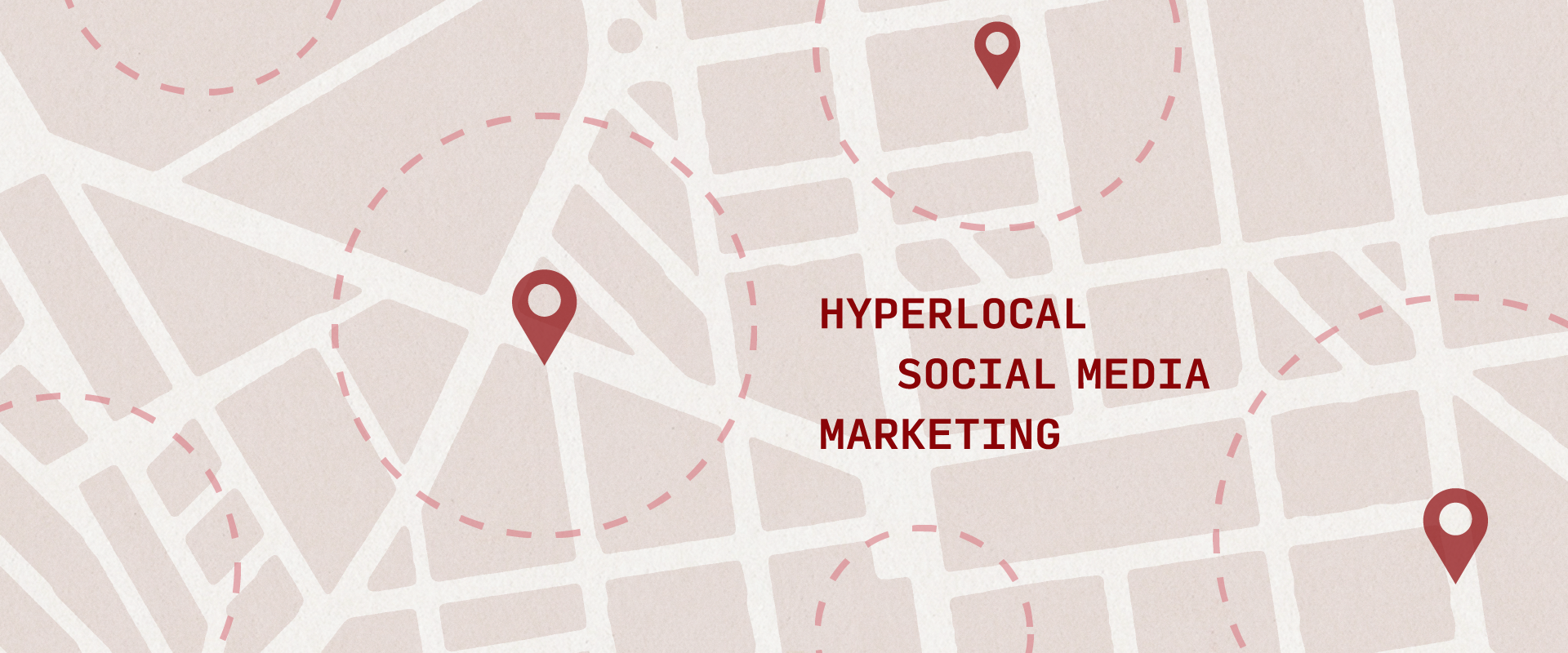Worried About Your Advertising Dollars in 2024? You should be.
Every four years, advertising gets wild. A ton of media dollars flood the market, reducing inventory and cranking up CPMs. If you haven’t caught it yet, I’m talking about presidential elections and the political ads that come along with it.
Living in Nevada, a battleground state, we are uniquely positioned to have our media especially disrupted. In 2020, Nevada had the eighth highest overall political ad spending per electoral vote, and that trend is expected to continue in 2024. During the 2020 election, political ad spending reached a record $9.02 billion, 2024 is anticipated to set a new record at $10.2 billion.
That being said, I believe the media of most political campaigns are going to be changing. In 2020, nearly 50 percent of all ad dollars went to local broadcast. In 2023, broadcasters have been struggling with viewership and revenue due to an acceleration of cord cutters and less new content due to the Writers Guild of America (WGA) and Screen Actors Guild (SAG-AFTRA) strikes. If users are no longer watching TV via classic broadcast channels, where will this ad spend go? My guess is, we will see a big jump in digital ad spend, which only accounted for 24.5 percent of all ad dollars in 2020.
With the Nevada presidential primary roughly three months away, how can other advertisers ensure they’re heard?
- Engage your audience now: Use this time before political advertising ramps up to focus on putting out great content for the audiences you already have. What does this look like? Maybe it's an organic social campaign pointed at driving engagement with a specific target, that you can use to create a custom Meta audience. Or leveraging your first-party data (email addresses) to improve your email marketing. Email marketing is still one of the highest converting marketing channels available, and this audience should already know and trust you.
- Go programmatic: Instead of just buying ads on one ad network, start using a demand side platform (DSP) to place your ads across nearly every major digital ad network, hyper-targeting users based on demographics, psychographics and other third-party data. What does this mean in plain English? Stop buying ads based on where the ads might show up, and start buying them based on who you want them to be seen by. For example, you could target the 35,971 people in the Reno DMA who have been identified as visiting Costco in the last 90 days. In other words, you can target users with just about any obscure attribute.
- Non-traditional networks: Advertising isn’t limited to TV screens and social media. Ad networks are now tying into podcast inventory, in-game ads and digital out-of-home. These less common ad types give you less competition for your first campaign impressions and allow you to set up retargeting campaigns on higher competition channels. In theory, this should allow your campaign to have higher click-through rates on those channels, resulting in a lower cost per conversion.
- Plan your flights: In Nevada, the presidential primary is February 6, Nevada’s traditional primary for all non-presidential candidates is June 11, and the General Election is November 5. Ad spending will ramp up and down throughout the year based on those primary dates/results. Your best options to run ad campaigns that don’t compete with political advertising are February–April and June–September.
- Double down on creative: Ad fatigue is a real thing. As people are hit with more and more political advertising, they are going to pay less and less attention. Your ads need to cut through the noise. Try different messages and formats to figure out what engages most with your audience.
Panic setting in yet? These approaches require quite a bit of creativity and expertise, so an agency skilled at media strategy can give advertisers a greater advantage. Fortunately, creativity and strategy are things Estipona Group excels at. So, take a deep breath, and give us a call.



